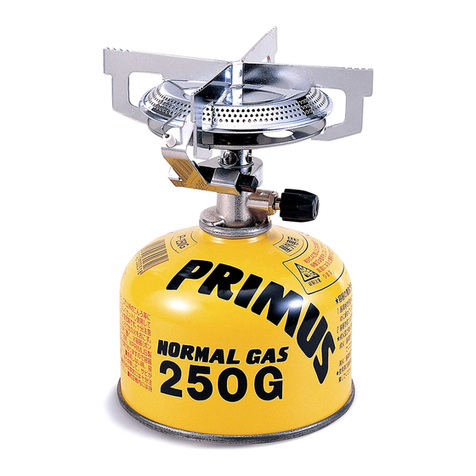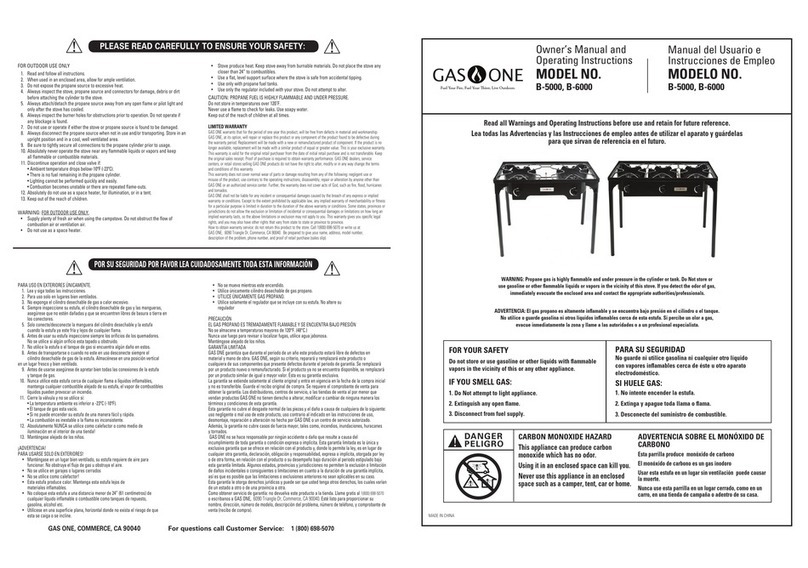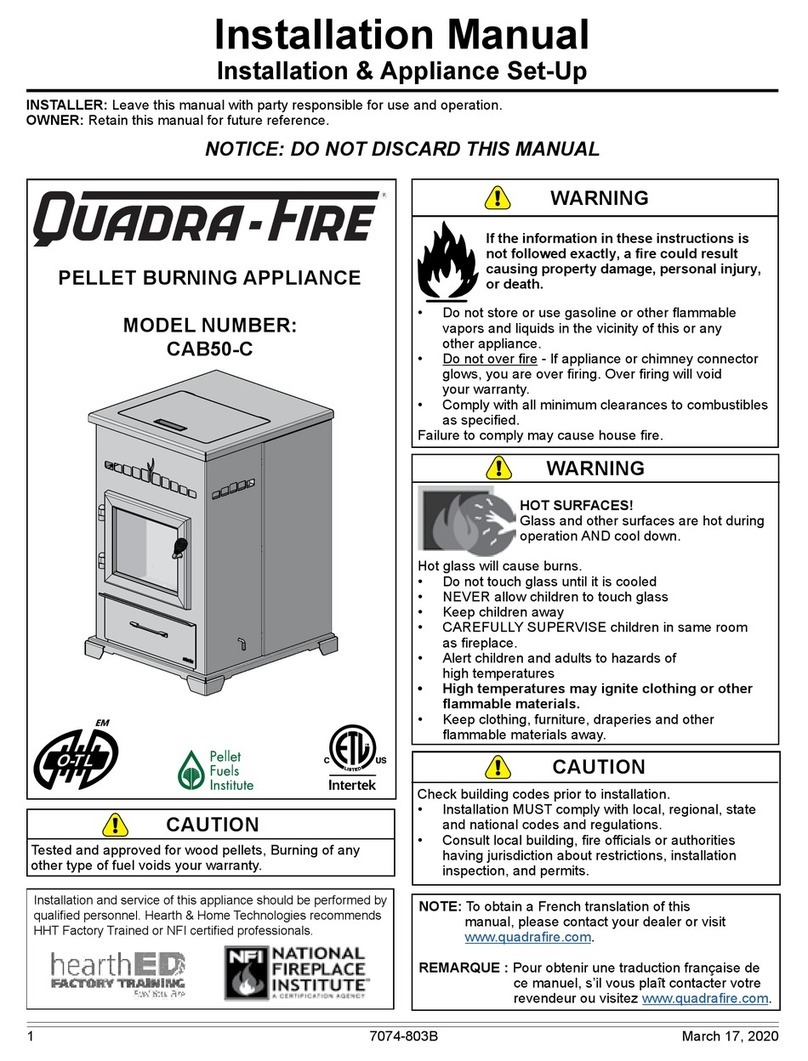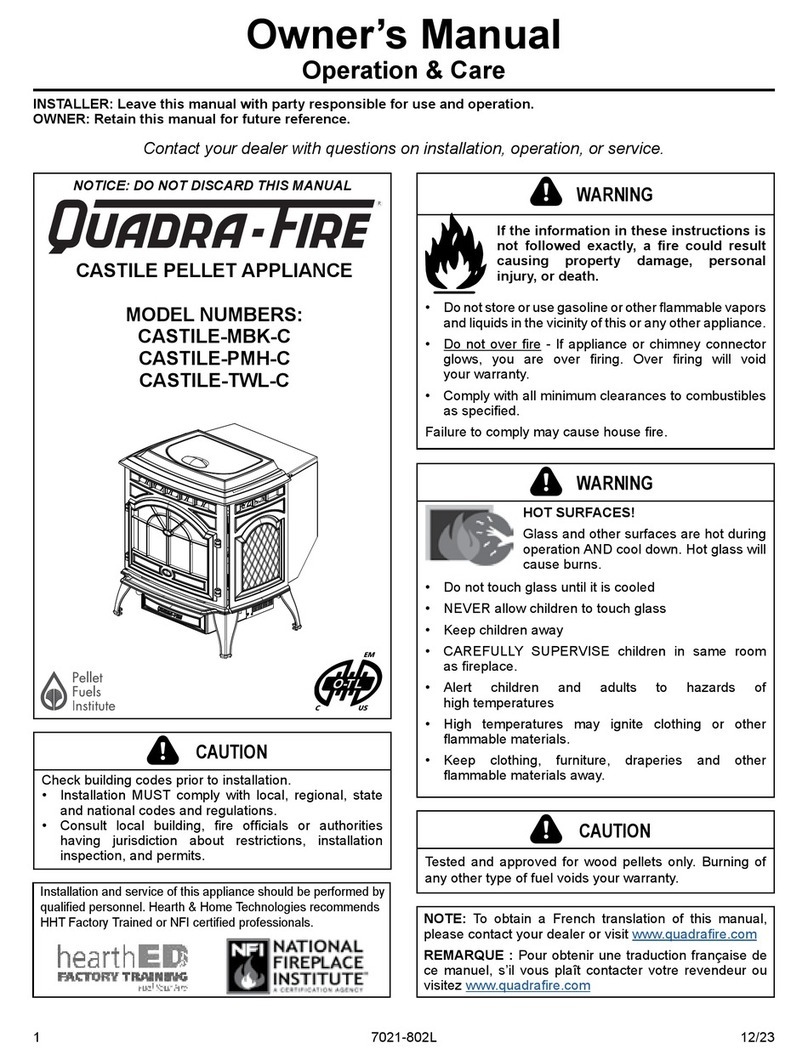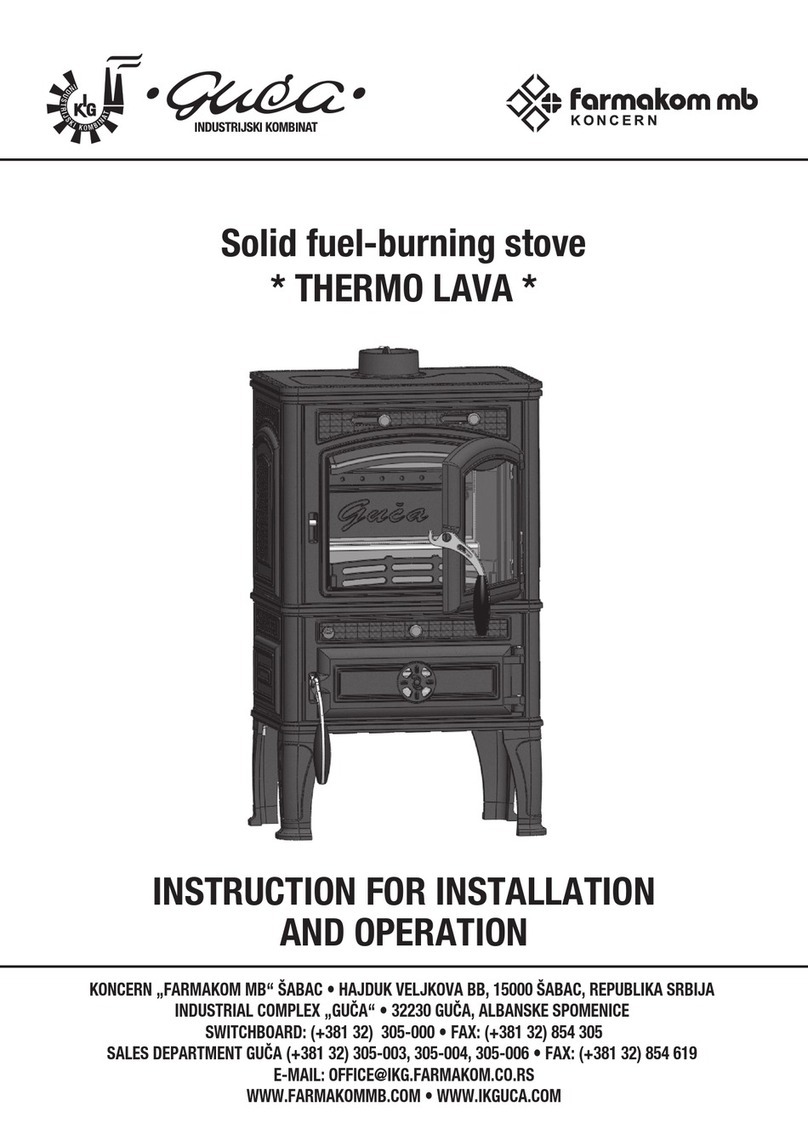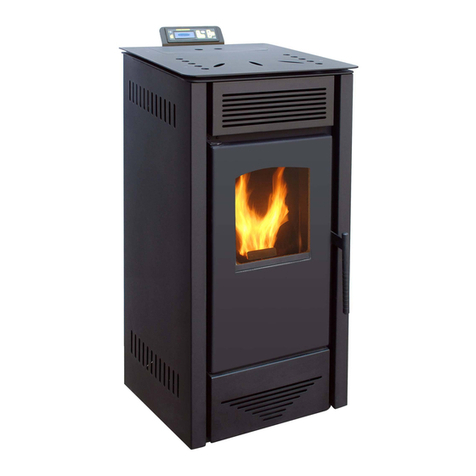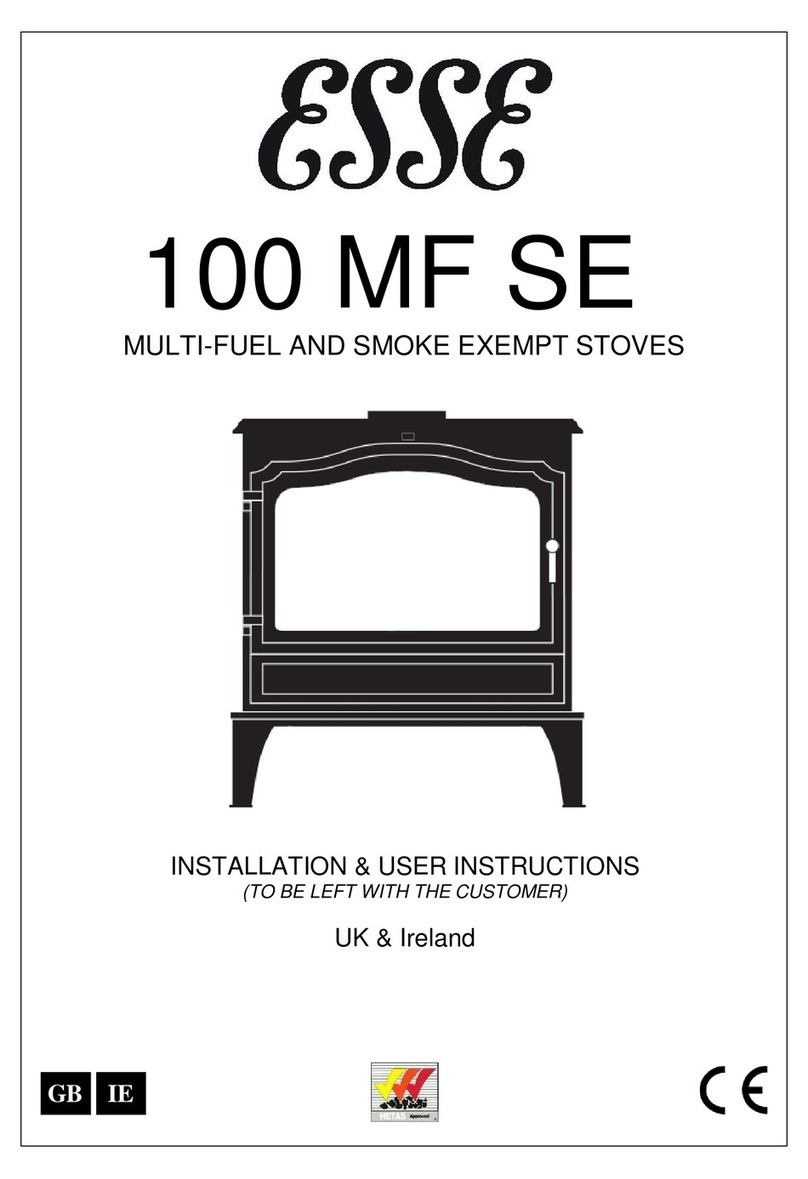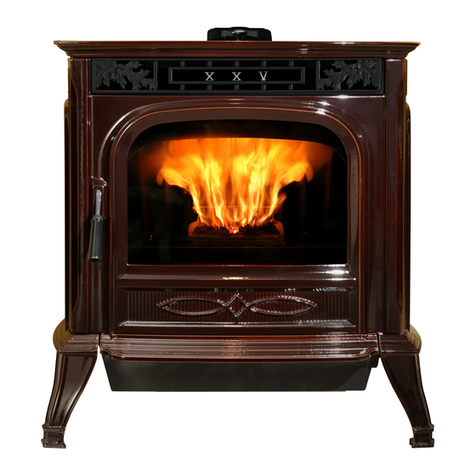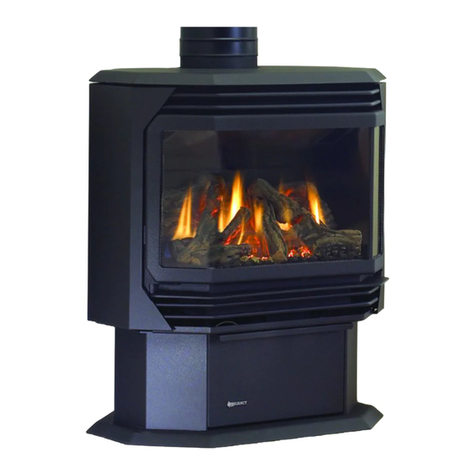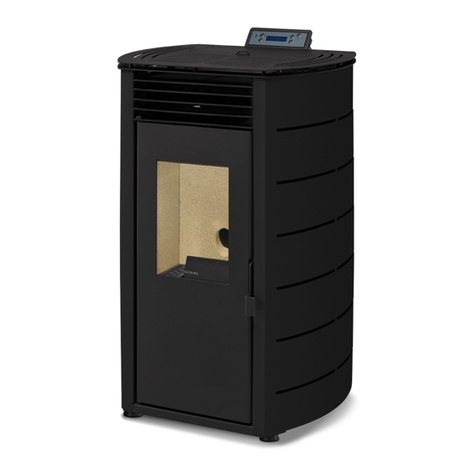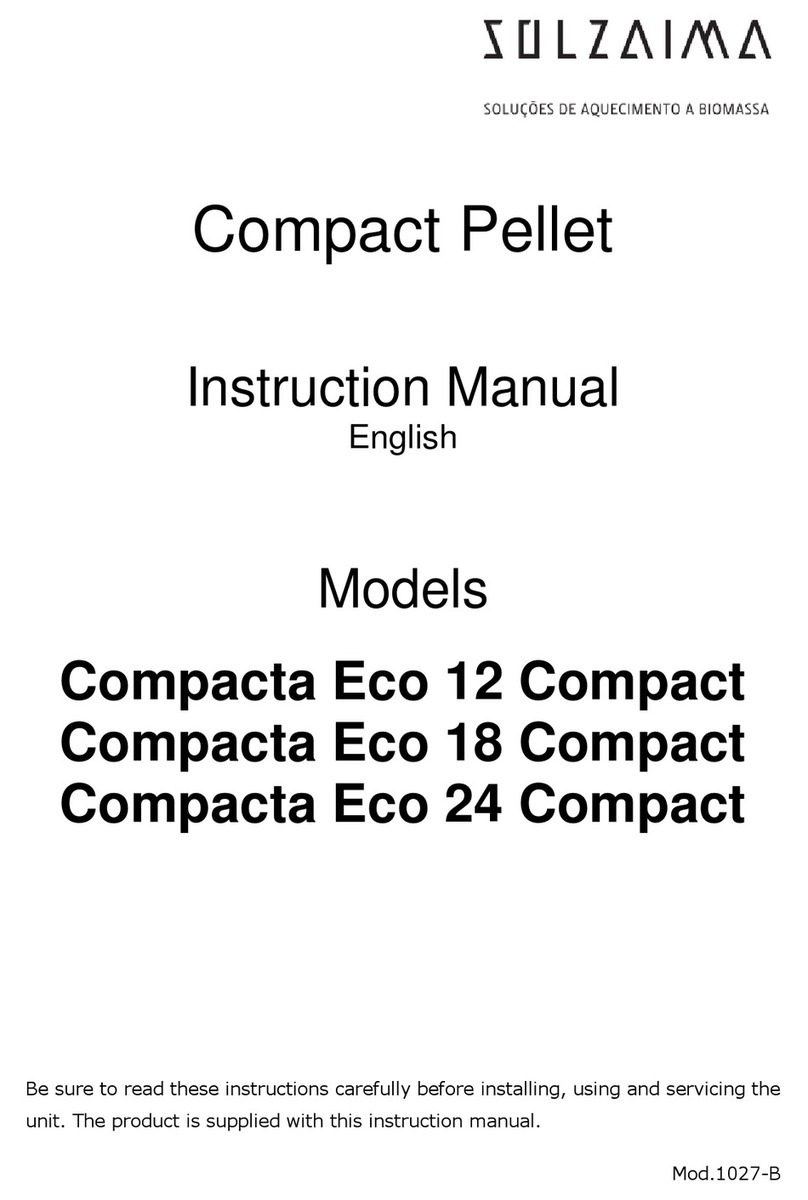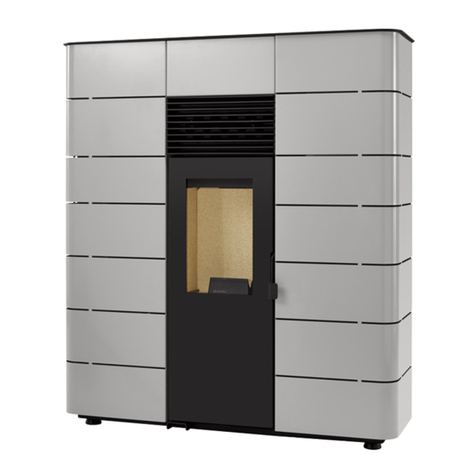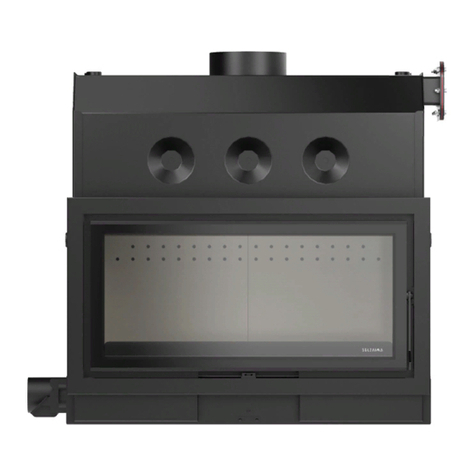
18
Common name Scienti ic
name
Distribution
(total: 18 districts) Notes
Smoke Heat Lighting Combustion
Hardness
Pine Pinus
Bragança, Castelo
Branco, Coimbra,
Guarda, Leiria,
Viana do Castelo,
Vila Real and Viseu
Predominant
s ecies Little High Easy Fast Soft
Cork Oak Quercus suber
Évora, Faro,
Portalegre,
Santarém and
Setúbal
Predominant
s ecies Little Very High Easy Regular Hard
Eucaly tus Eucaly tus Aveiro, Porto and
Lisbon
Predominant
s ecies A lot Regular Difficult Slow Hard
Holm Oak Quercus ilex Beja and Évora Predominant
s ecies Little Very High Difficult Slow Hard
Olive tree Olea
Entire country
exce t mountainous
regions
Less redominant
than above Little Very High Difficult Slow Hard
Oak Quercus Entire country, with
range of subspecies
Less redominant
than above Little High Difficult Slow Hard
Ash Fraxinus Riverbank areas
(Lower Vouga)
Small numbers
distributed around
the country
Regular High Difficult Slow Hard
Birch Betula High ground (Serra
da Estrela)
Smaller numbers
distributed around
the country
Little Very High Easy Fast Soft
Beech Fagus
old, humid regions
(North of Portugal –
- Serra do Gerês)
Smaller numbers
distributed around
the country
Little High Difficult Slow Hard
Ma le Acer Minho, Beira Litoral
and Serra de Sintra
Smaller numbers
distributed around
the country
Little Regular Regular Slow Soft
Po lar Po ulus Entire country, but
mainly in the entre
Smaller numbers
distributed around
the country
Little High Easy Fast Soft
Chestnut Castanea
Northern and centre
part of Portugal, and
mountain regions
Smaller numbers
distributed around
the country
Regular High Difficult Slow Hard
Table 2 - Types of firewood that may be used in SOLZAIMA heat exchanger appliances, their geographical distribution and respective
calorific value/reactions
6.2. Power
* The power of your unit translates its heating capacity, i.e. the heat transfers your unit gets from the
energy of the firewood used (usually measured in kW), which is directly dependent on the amount of
firewood placed in the units.
* The rated power is measured for standard load of firewood when tested in laboratory conditions over
a specific period of time.
6.3. ombustion Principles
The stove is designed to be a slow-burning device. With a maximum wood charge and a gentle flame,
it will heat up with maximum efficiency for several hours. The salamander may burn very slowly with
a low flame for a few hours. However, we do not recommend this procedure because incomplete
combustion creates smoke which, when condensed, deposits tar in the stove, chimney and glass
panel. An accumulation of tar becomes unpleasant to the eye and also requires more frequent




















